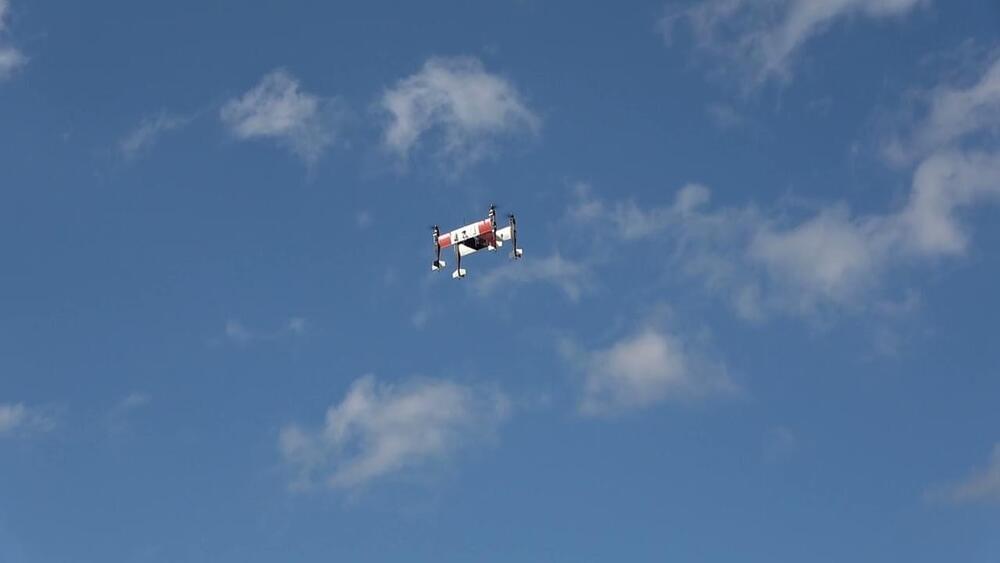The North Atlantic Treaty Organization (NATO), the military alliance of 30 countries that border the North Atlantic Ocean, this week announced that it would adopt its first AI strategy and launch a “future-proofing” fund with the goal of investing around $1 billion. Military.com reports that U.S. Defense Secretary Lloyd Austin will join other NATO members in Brussels, Belgium, the alliance’s headquarters, to formally approve the plans over two days of talks.
Speaking at a news conference, Secretary-General Jens Stoltenberg said that the effort was in response to “authoritarian regimes racing to develop new technologies.” NATO’s AI strategy will cover areas including data analysis, imagery, cyberdefense, he added.









